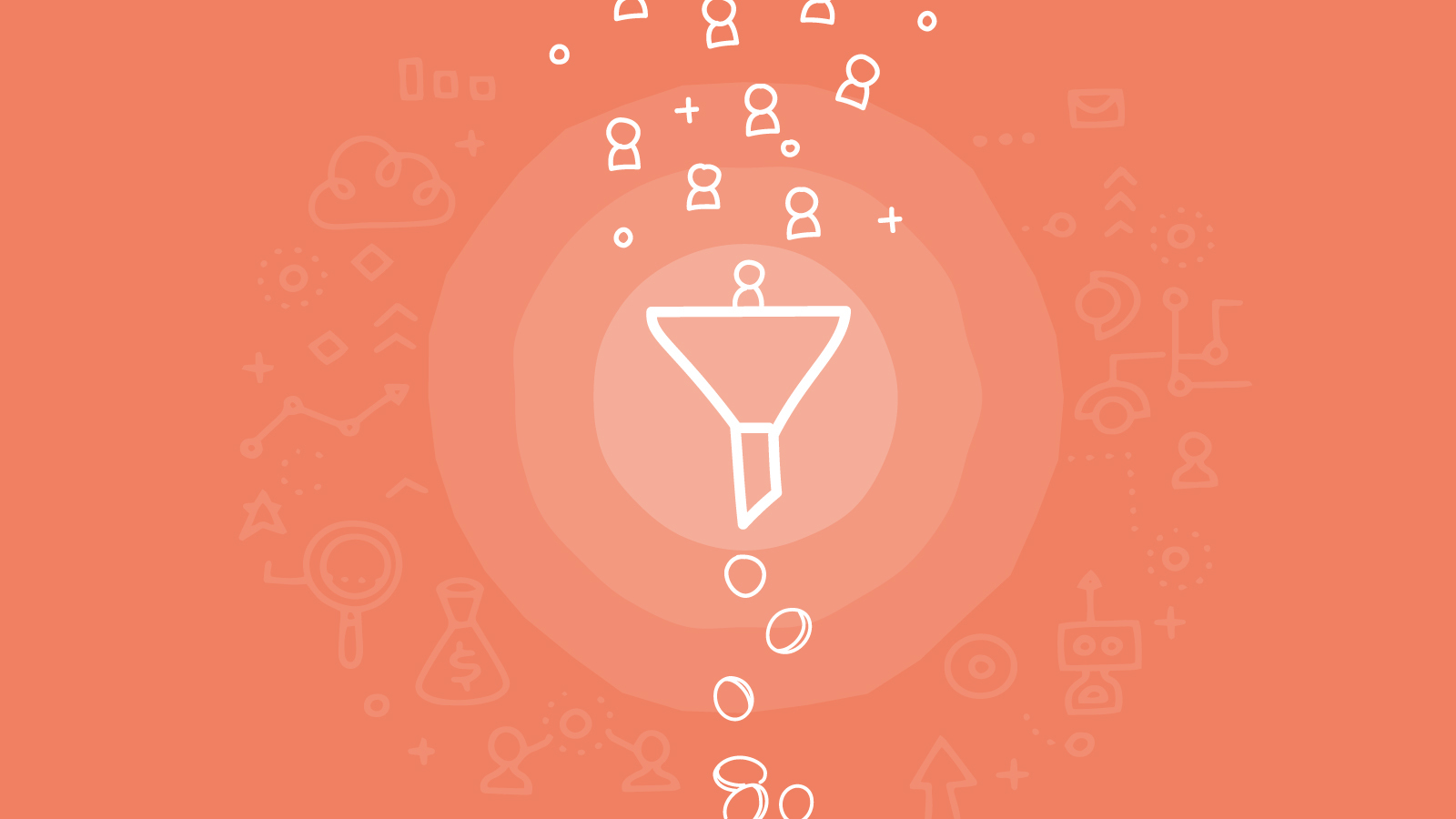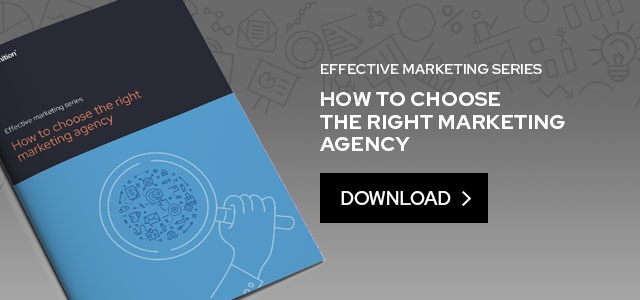A study by Gartner discovered that generating business growth is the largest challenge that CEOs currently face.
A further study by Prospex.ai – involving more than 750 decision makers in UK businesses – found that 58% considered lead generation their hardest task, with 40% describing their current marketing and sales efforts as ‘outdated’. Perhaps even more worrying, 59% said they were still relying on spreadsheets and cold calling to track data and sell to leads.
It’s been quite a while since spreadsheets and ‘dialling for dollars’ was the pinnacle of sales and marketing strategy, so it’s no wonder that lead generation continues to be a huge challenge for many businesses.
Getting stuck in your ways rarely bears fruit, in business or in life, so what can we do to shake things up and get results?
Adopt a growth mindset
In order to boost lead generation, we need to assume a growth mindset. A growth mindset is the belief that what we know and do are not set in stone – that work, skills and strategies can be improved over time.
With a growth mindset, rather than a fixed mindset, you take the perspective that things can change. That we get out what we put in. That, as Churchill said, “success is not final and failure is not fatal.” It’s a constant loop of improvement and feedback.
A big part of developing a growth mindset is admitting when something is not working, and setting out to find something that does. So wave goodbye to spreadsheets and awkward cold calls – implement the strategies and b2b lead generation tips below to kickstart your business growth.
Building an effective lead generation strategy
A business looking to scale will need a sales-centric approach, a growth mentality, and must focus on mastering these 11 imperative lead generation strategies:
1. Adopt the right tech stack
Jotting everything down in spreadsheets and on post-it notes isn’t going to cut it nowadays. An integrated technology stack that organises and automates some of your sales and marketing work is essential to growth – and will be even more important in the future.
A platform like HubSpot, for instance, doesn’t do just one thing. It helps us manage leads, help our clients, automate workflows and facilitate reporting. With the holistic data HubSpot provides, we can improve our processes and do better work, and that’s what it’s about. Get this right and it will be the foundation of your growth model.
2. Invest in data
Data-centric decision making is key to business success these days. However, not everyone on your team will be inclined to agree. It’s your job to ensure the data-centric mindset is translated across the various departments of your organisation.
Your reporting and metrics are only as good as your data. To prevent inaccuracies, which will lead you to adopt the wrong growth strategy, ensure you know, understand and can apply the data you gather. This isn’t easy, but tech such as HubSpot CRM are available to help you.
3. Set goals & KPIs
Know what numbers – such as sales, leads and contacts – you need to achieve to hit your goals. Also know when and where your marketing is currently working, and why, then you can reallocate budget and maximise this lead source.
Become familiar with digital marketing KPIs and how they relate to your business. Know your CPC (cost per click) from your LTV (lifetime value), and ensure you have measurement tools in place so you can assess the landscape and make changes accordingly.
4. Introduce segmentation & personalisation
80% of consumers are more likely to make a purchase when brands offer personalised experiences.
Even when people think that brands know too much about them, over 90% are still willing to share behavioural data for a better experience.
Segmenting your audience and personalising your messaging based on demographic and needs is marketing 101. To get started you need an accurate picture of your customers. This guide to creating marketing personas can help you get started.
5. Know your customers
To reiterate the point above: it is absolutely crucial that you know your customers like the back of your hand. People and businesses make purchasing decisions based on relationships and social proof these days, for the most part, rather than from unsolicited advertising.
Having a good knowledge of the traditional marketing funnel and also the mechanics of inbound marketing will help you make use of the personas you created in the step above.
Learning how to attract, engage and nurture prospects until they trust you is the key to growth.
6. Develop your brand messaging and communication style
Creating a communication style that is grounded in genuine empathy and geared towards solving the pain points and challenges of your audience is the essence of great customer service.
Leads contacted within 5 minutes are 21 times more likely to be qualified than leads contacted within 30 minutes. What you say and how quickly you say it matters… not least because there is always another option within easy reach.
7. Establish operational processes
A business that has robust processes is a business that can withstand unpredictable shocks and can scale when the time is right.
Take McDonald’s for example. They have a number of well-oiled (lol), repeatable processes that have worked for decades and can be replicated all over the world.
Create a benchmark for process performance and review it annually. This way you can constantly improve and spot any issues before they have an impact.
8. Productise your own success
Once you have a powerful, repeatable process that is bringing in leads, create a model of your own system.
Can you repeat it elsewhere? What is it that makes it work? Deconstruct your lead funnel and see where else it could be used.
Again, take a leaf out of McDonald’s book. They know a replicable process when they see one – their entire business model is based on them.
9. Fix your sales funnel
Getting your sales model right is one thing, but if you are leaking leads at the other end your results are going to be lacklustre at best.
Take a wide view of your entire sales funnel, review the data, and see where the holes are – even the best sales funnels have some.
Is it your customer service that is lacking? Your customer acquisition strategy? Review and improve as needed.
10. Constantly evolve and improve
Jeff Bezos once said: “We’re not competitor obsessed, we’re customer obsessed.”
The key to constant improvement that actually makes a difference is to listen to your customers at all times, to refine your approach and offering based on their needs, and to review data often to make sure you are on the right track.
Being able to review marketing metrics, attribution reports, sales reporting and KPI performance all in a single in a dashboard is a huge advantage. HubSpot can help you to do this.
11. Focus on trust
Not many people would put strategy and trust in the same bucket, but we believe they belong together.
A ‘trust strategy’ means you are focused on giving your customers a reason to believe in you, and to rely on your integrity.
This encompasses everything we have spoken about above; from listening and communication to personalisation and data.
When you start speaking the language of your customers, and gain their trust, that is when the magic happens.
Ready to upgrade your lead generation strategy? Your next step is to find the right marketing agency. Download our latest guide, where we explain how to hire the best agency for you and your goals.





